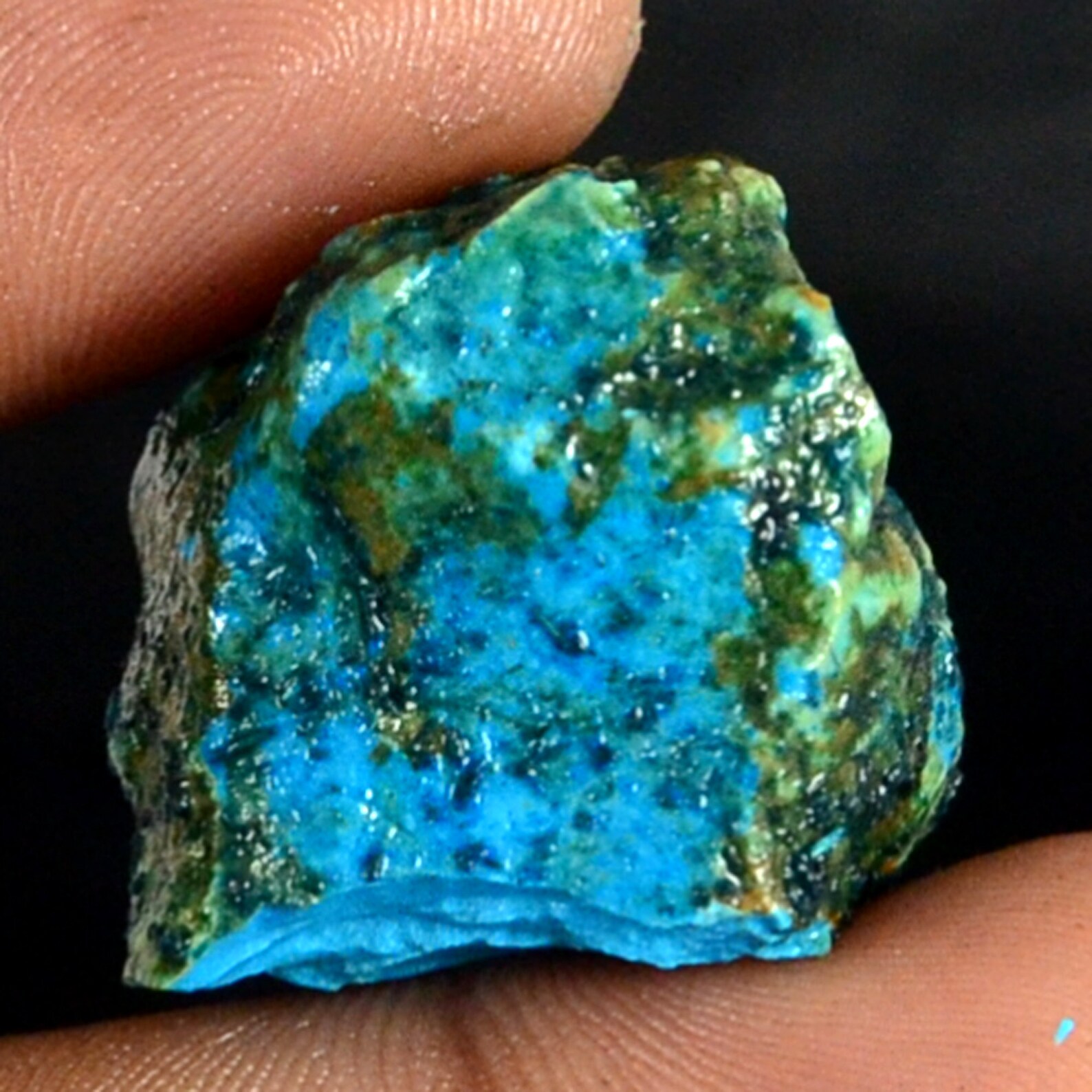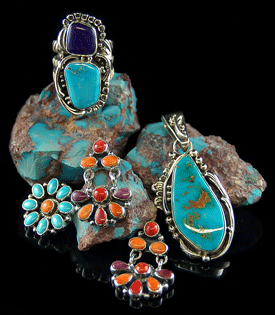


But it gained popularity with its creamy pale blue coloring and golden to cocoa brown. Before it was closed, it was known for its sky-blue to medium blue, webbed turquoise. Turquoise is mined in Austin, Nevada in Lander County. It is much sought after by turquoise collectors. It is hard, and its high zinc content gives the stone an astonishing lime-green color with a unique spider web matrix. Thus, it has the following turquoise grades: Carico Lake This method is based on the mine that produced it. The only thing lacking is a quantitative way of describing each characteristic. Ironically, when gem experts analyzed both the old and the new methods, they found out that both are the same. Now turquoise is graded according to color, hardness, clarity, matrix, size, color transitions, cut, weight, enhancement composition, and availability. In olden times, turquoise was graded by its description: better, clear, harder, fresh, good, perfect, large, whitish, yellowish-white, and pleasing. The Persian method has both old and new versions. Currently, there are two grading systems: the Persian Method and the American Method. unlike other gemstones, such as diamonds, there is a dearth of materials concerning turquoise grading. TQI Price ChartĪAAA, AAA, AA – high-grade natural turquoise. The price of turquoise in the market can range from $1 to $10 or $0.05 to $1000/per carat – depending on a lot of factors, foremost of which is its quality.Ĭurrently, the price per carat of turquoise is set by the TQI (Turquoise Quality Index) shown below.

And where a gem is rare and the quality demand is high, you can expect it to be expensive. Though there are several mines producing turquoise around the world, the stone quality they produce is but a pittance vis-a-vis the world’s demand. And about 4,000 years ago, Persian (now Iranian) miners produced a “sky-blue” or “robin’s-egg blue” turquoise. The earliest evidence of it being used in jewelry or ornaments is found in Egypt where turquoise jewelry was found in royal burials as far back as 6,000 years ago. This is a gemstone that’s rich in history. This reaction forms in veins, which so much later, years and years later, forms a clump of turquoise. The stone is formed by a chemical reaction when water containing specific minerals like copper and aluminum leaks through rocks. It is rare in finer grades and is a valuable and prized gemstone for thousands of years due to its unique hue. Turquoise is an opaque, blue-to-green mineral composed of hydrated phosphate of copper and aluminum. The word “turquoise” can be traced back to the 17th century and is derived from the French word “ turquois,” meaning “Turkish” because it came through Europe via Turkey from the mines in historical Khorasan, Iran. And if you read through the end, you will get to know what turquoise is, how it got its name, where it is most found, why it is more expensive than diamond (at times), and why it is staging a comeback. The blue gemstone Torquise has a very long history-longer than you can imagine. The heading got your attention, didn’t it? And it is not plain hype.


 0 kommentar(er)
0 kommentar(er)
